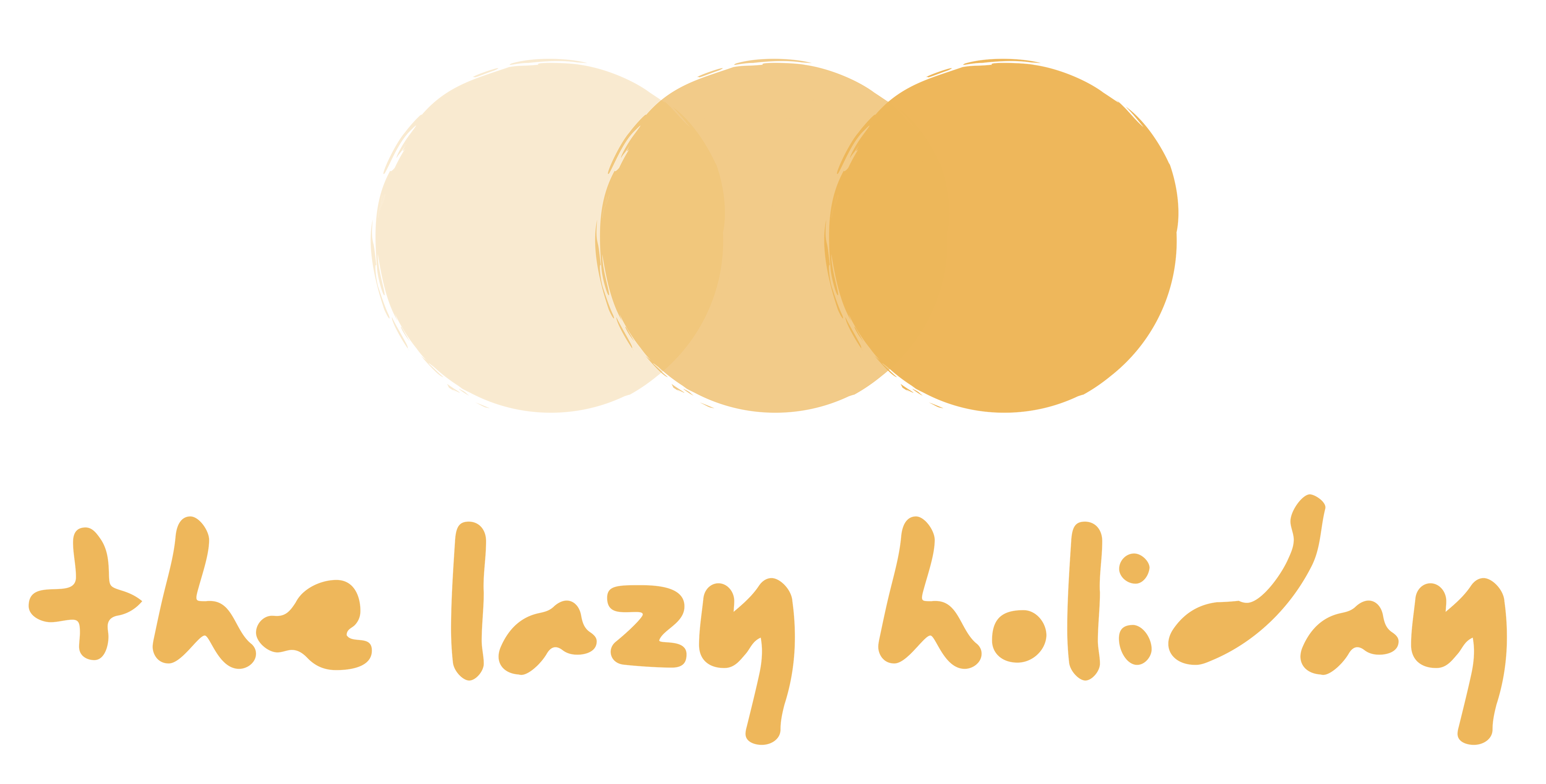Busan today is a thriving seaport and international financial hub. However, the second biggest city in Korea has her roots tied to a painful history from the 50s Korea war that lasted for 3 years and has not drawn an ideal conclusion just yet.
In remembrance of her history, let us visit places and eat foods that were created as a result of the war when Busan was the provisional capital. You could also visit the museums that put together all the information in one place but what’s more interactive than visiting the places personally?
Overview
- Soup and Rice for Breakfast
- Lee Jong Seob Art Street
- Ibagu Street (Story Street)
- A Twist on the Regular Korean Cold Noodles
- Gamcheon Culture Village
- Ami-dong Tombstone Culture Village
- Bosu Book Alley
- Gukje Market
- Jalgachi Fish Market
- Eat Exotic Seafood in Jalgachi Fish Market
- Night View to End the Day
- Getting Around Busan using Public Transport
What to do in Busan for a day?
10:00 AM
Soup and Rice for Breakfast – like a true Korean!


Pork Soup with Rice (Dwaeji Gukbap) is probably the first thing that comes to mind for locals from outside Busan. There is even an entire street dedicated to this comfort food of Busan people and most of these restaurants were passed down from generation to generation. This dish has its roots tied with the Korean War that took place in the 1950s.
In short, during the war, there was a shortage of beef and so then the locals used pig’s bones and head to create the flavourful broth and the slices of meat are then served in the soup. In most cases, the rice is served together inside the bowl of soup. Unless you order su baek, then a larger serving of meat is served with a separate bowl of soup and rice.
We absolutely loved our bowl of gukbap in Halmae Gukbap which has been operating for 60 years and think that this is the best way to start your day – with a hearty bowl of pork soup and rice!
Address
4 Jungang-daero 533beon-gil, Beomil-dong, Dong-gu, Busan, South Korea
Google Maps | Naver Map
11:00 AM
Lee Jong Seob Art Street


Born and raised during the Japanese occupation, the artist Lee Jong Seob had to be separated from his family. He expressed his love and longingness through postcards and letters with drawings to his family. Due to hardships, he was never able to meet them until 1953. The artist then passed on in 1956. His most celebrated painting is the ‘White Ox’ but he also painted other motifs such as crab and babies during his life in Jeju, days when he was living with his family.
The first street named after Lee Jong Seob is in Seogwipo, Jeju Island. However, a less known street is also in Busan where the artist’s works are displayed on the flight of stairs and its surroundings.
12:00 PM
Ibagu Street


night view from ibagu!
This street is named after the Busan dialect of the word ‘story’ which turned out to be ibagu (say: ee-ba-goo) Every corner has a story which will make it a more meaningful trip down. Click here to see the recommended ibagu street route by the Korea Tourism Organization.
You could also drop by Korea’s first modern hospital, Baekje Hospital opened in 1927, now revamped into a cosy cafe retaining the original window frames and walls. Throughout the years, the brown brick building was used for many purposes such as police station and Chinese restaurant etc.
The most popular feature on this street is the 168 stairs. Residents used to climb these stairs as a shortcut to Sanbok Road for clean water. However, since 2016, a monorail has been installed and visitors can now enjoy the views of Busan port leisurely on the rail.
2:00 PM
A Twist on the Regular Korean Cold Noodles


Regular cold noodles are made with a mix of buckwheat and potato starch. However, a restaurant relocated from Hamheung (North Korea) to Busan (South Korea) started creating milmyeon which replaces buckwheat with flour provided by the US due to the shortage of buckwheat during war.
Milmyeon is still loved by many today thanks to the super chewy texture and it can be mainly found in Busan only. Two types to choose from, either mixed with a red sauce or in broth. We highly recommend the broth version if you can only choose one as the sauce can be overpowering.
We tried out the original Naeho Cold Noodles which you can read more here. Nonetheless, Choryang Milmyeon is another popular restaurant located in a more convenient location for this particular itinerary which you can refer to Google Maps.
4:00 PM
Gamcheon Culture Village


As a result of the background and history of Busan, there are many villages like Gamcheon. Houses were forced to build next to another due to land constraints during and after the war in the 1950s. However, Gamcheon is the most popular one and probably the only one that tourists visit thanks to the modern cafes and gift stores that occupied the village.
Ami-dong Tombstone Culture Village
Little did many know, a unique village that sits literally next to Gamcheon is a village built on top of Japanese tombs. If given a choice, who would choose to nestle on top of tombs? Let alone Japanese tombs, the nation who occupied their land for many years. This only reflects how hard life was for them at that time.


This village is not meant for tourism purposes, it is like a typical neighbourhood today so make sure to keep noise level to the minimum. Naturally, there aren’t many signages that will point and direct you to the few tombs that still remain. However, a stroll around the neighbourhood, you will notice traces of the tombs still remain and such traces include dates, names and engravings and so on.
We eventually found one! There is a set of date carved in Chinese characters which was a piece of conclusive evidence.
6:00 PM
Bosu Book Alley


It all started when Korea was liberated from the long Japanese occupation. The locals started to sell books left behind by the Japanese and as time goes by, people started to visit this alley particularly for books. Today, locals still visit this place for the same reason and it is also home to many second-hand books. Perhaps due to tourism demands, we noticed books in English language are sold here as well.
We took a stroll here and had our caffeine fixed in a nice cafe located inside the alley. It is also popular to have your photos taken at one of the many photo studios where they take black and white photos against a bookshelf as a backdrop to match the vibes of the place.
6:30 PM
Gukje Market



Just across the street, you’ll reach one of the most popular attractions in Busan – Gukje market. This market used to be a hub for military supplies and imported goods. Today, the traditional market is still thriving with both locals and foreign visitors for its inexpensive street foods and household products.
The market is huge so even if you don’t stop and shop around for souvenirs, an hour would probably be just right. As you walk around the market, you’ll see many street food stalls selling all sorts of local delights and you may even want to bring home a few Korean-style tableware.
7:30 PM
Jalgachi Fish Market


It is not unknown that Japanese traders and settlers were closely related or even helped Busan to thrive as a trading port. Jalgachi Fish Market was first established to satisfy the raw fish demands of Japanese traders who were often visiting Busan. The area is named as Jalgachi which means ‘pebbles’ because the land used to be filled with pebbles before it was reclaimed during the Japanese occupation.
Eat Exotic Seafood in Jalgachi Fish Market


While we encourage you to try the fresh and familar seafood, we also highly recommend an exotic dish known as gom changeo, which is hagfish.
Hagfish is classified as a parasite – no further arguments about that. In the Korean language, it is just a word difference with freshwater eel but the taste is not that similar. Some parts of the hagfish are firm, some parts are fatty and some parts have that muddy taste to it. It is easily the best thing we had throughout the trip.
Also, Busan is the ONLY place that serves gom changeo. They can come off as a little pricey but that’s for a good reason – they are hard to be kept alive. Despite that, every gom changeo stall in Busan serves it straight out from the tank.
Address
We recommend supporting one of the local ladies along Jagalchihaean-ro in Jagalchi district. Search for Jagalchihaean-ro OR Nampodong 6(yuk)-ga, Jung-gu, Busan, South Korea
Google Maps | Naver Map
Night View to End the Day
The district is also known for its night view among the locals so if you step out of the market and explore a little bit more, you’ll be greeted by seagulls and the East Sea (Sea of Japan). Perfect location to end the long day.
Getting Around Busan by Public Transport (Including metered taxi)


South Korea’s public transport system is one of the easiest to navigate in our opinion. They operate with an easily adaptable tap-in and tap-out system using a rechargeable card. One card can only be used for one person, at a time.
The public transport system also allows transfer of line or mode of transportation within a single trip. However, with a few conditions:
- Capped at 4 transfers a day
- Must tap out upon exit
- Transfer must take place within 1 hour after tapping out
- Transfer is not applicable for the same numbered bus/same train station
Tmoney Card
This is by far the most common and convenient card that is used across major cities in South Korea. Widely sold in convenience stores at 4,000 won and can be recharged without extra fees from a minimum of 1,000 won.
Tmoney card will save the user 100 won for every ride and there is currently no known expiry date (I kept the card for 4 years before using them again). Surprisingly, if you have sufficient funds inside the card, you can also use them to pay for metered taxi.
Korea Tour Card
Works the same way as Tmoney card but the Korea tour card is strictly for tourists. This card also gives the tourists discounts for amusement parks, museums and many more! View full card benefits here.
Cash
If you’re in Korea for just 1-2 days, cash is the way to go. We suggest paying for a single trip ticket instead of buying a Tmoney card unless you know that you will be visiting Korea again!
Save to Pinterest!




